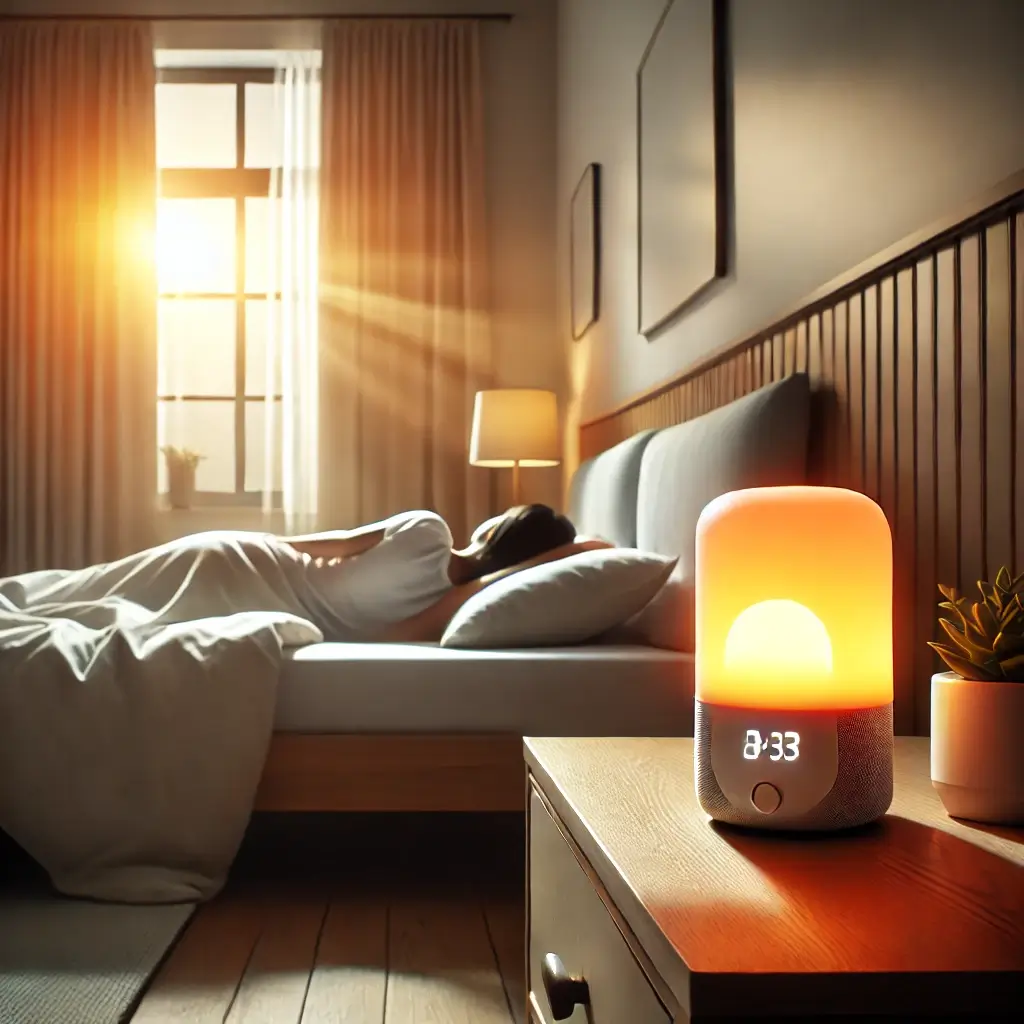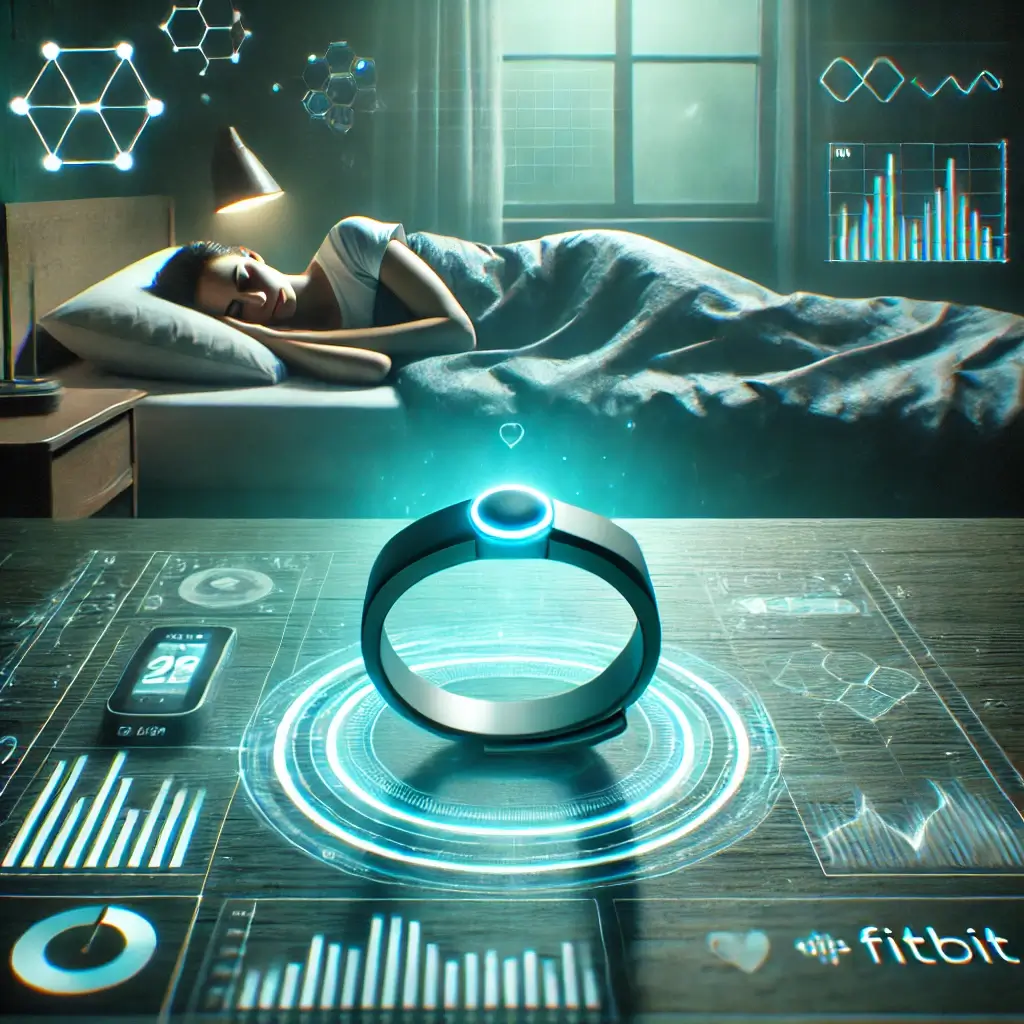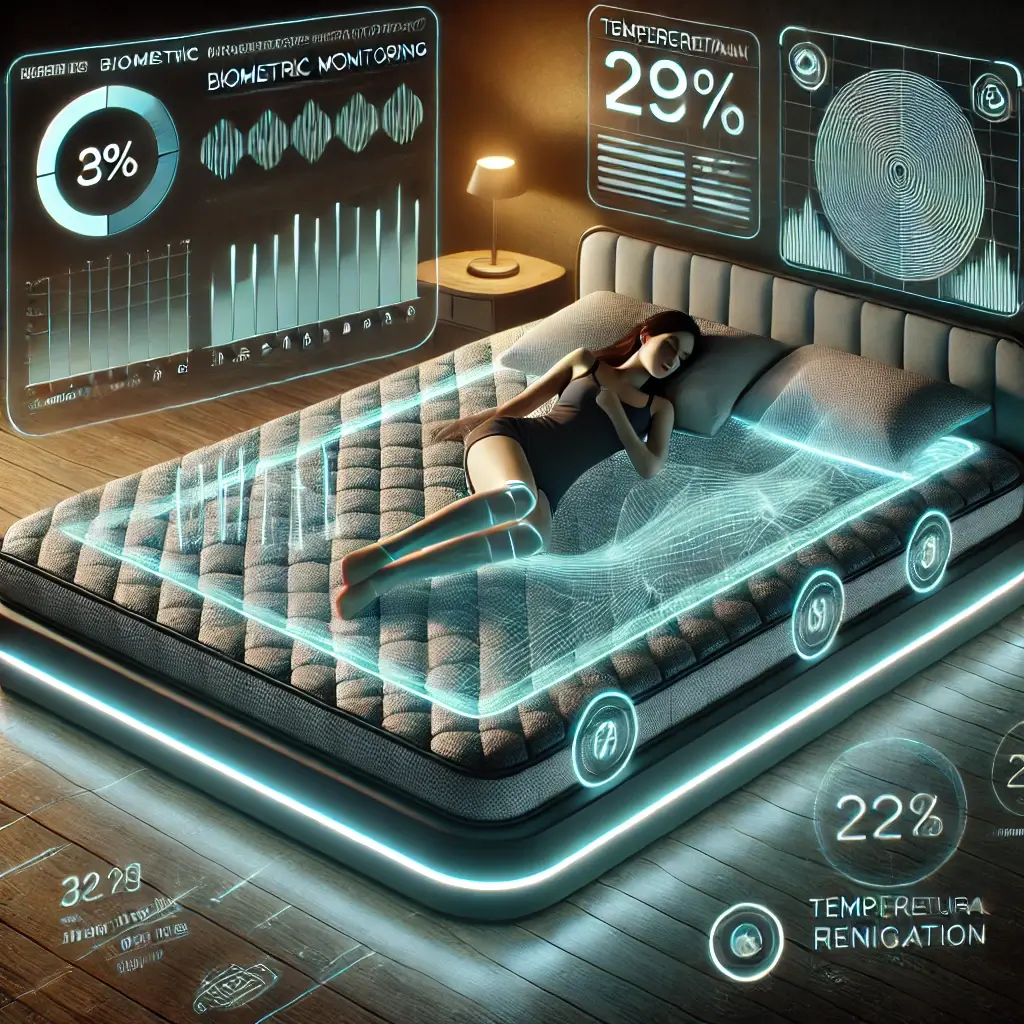Transform Your Morning Routine: A Complete Guide to Light Therapy Wake-Up Solutions
The Challenge of Morning Wake-Up
Waking up is an essential transition, yet for many, it’s a struggle. The blaring noise of traditional alarms disrupts sleep cycles, leading to grogginess and irritation. This daily jolt can negatively impact mood, energy, and productivity. Enter smart wake-up light alarms—innovative devices that simulate the gradual light of sunrise to ease the waking process.
Light Therapy and Natural Awakening
These devices are rooted in the principles of light therapy, which capitalizes on the body’s natural response to light. By mimicking a natural sunrise, smart alarms align with the body’s circadian rhythm, promoting a smoother and more natural awakening. Beyond waking up gently, these devices offer benefits such as improved mood, better sleep quality, and even potential relief from seasonal affective disorder (SAD).
Introduction to Smart Wake-Up Solutions
This article explores the practical applications of smart wake-up light alarms, the science that supports their effectiveness, and key considerations for individuals looking to integrate these devices into their daily routines.
Regulating Sleep Patterns
Many individuals struggle with irregular sleep patterns, whether due to shift work, jet lag, or lifestyle factors. Smart wake-up light alarms can help regulate these patterns by providing consistent light cues that synchronize with the body’s circadian rhythm. Research, such as the 2015 study in Behavioral Sleep Medicine, demonstrates that light therapy devices can improve sleep quality by simulating natural light transitions (Schreiner & Zhdanova, 2015).
Addressing Seasonal Depression
SAD is a condition linked to reduced exposure to natural sunlight, particularly during winter months. Wake-up light alarms can provide light therapy to counteract the effects of shorter daylight hours. Studies, including a 2019 review in Frontiers in Neuroscience, highlight the effectiveness of light therapy in alleviating symptoms of depression, particularly in SAD patients (Cajochen et al., 2019).
Combating Morning Grogginess
Sleep inertia, the grogginess felt upon waking, can impair cognitive function and mood. Smart alarms gradually increase light intensity, helping individuals transition more effectively from sleep to wakefulness. Users often report feeling more alert and refreshed compared to waking with traditional alarms.
Advanced Features and Morning Routines
Beyond their primary function, many smart wake-up light alarms integrate additional features like guided meditations, nature sounds, or sleep trackers. Devices such as the Hatch Restore offer a holistic approach to morning and evening routines, supporting overall sleep health.
Essential Factors in Device Selection
Choose a device that emits warm light, such as orange or yellow hues, to align with the body’s natural responses. Avoid alarms that rely on blue light, as this wavelength can disrupt melatonin production and negatively impact sleep.
Customization Options
Features such as adjustable brightness, multiple alarm sounds, and app connectivity allow users to tailor the device to their specific needs. Premium models like the Hatch Restore offer extensive customization, while more budget-friendly options like the Lenovo Smart Clock Essential cover basic functionality.
Investment Considerations
Smart wake-up light alarms are available at various price points. Consider what features are essential to you before investing in a device. While high-end models provide additional functionality, basic models can still deliver significant benefits.
Space and Design Factors
For individuals with limited bedside space, compact designs like the Philips SmartSleep or Lenovo Smart Clock Essential offer practical solutions without compromising functionality.
Practical Usage Guidelines
For those dealing with SAD or irregular sleep patterns, devices with a high light intensity and longer light duration may be more beneficial. If integrating the device with a smart home setup is important, look for alarms compatible with voice assistants like Alexa or Google Assistant. Experiment with light and sound settings to find the most effective combination for your personal preferences.
Final Thoughts
Smart wake-up light alarms are more than just a replacement for traditional alarms—they are tools for better sleep, improved mood, and enhanced morning routines. These devices provide practical solutions to everyday challenges by aligning with the body’s natural rhythms and leveraging the science of light therapy.
Making Your Choice
Whether you’re combating SAD, seeking to improve your sleep quality, or simply looking for a more pleasant way to wake up, smart wake-up light alarms offer a range of benefits tailored to diverse needs. By considering factors such as light spectrum, features, and budget, individuals can select a device that fits seamlessly into their lifestyle.
Looking Ahead
As we continue to prioritize sleep health and overall wellness, smart wake-up light alarms represent a promising step toward brighter, healthier mornings.
Research Sources
Schreiner, I., & Zhdanova, O. V. (2015). Light therapy for improving sleep quality in healthy adults. Behavioral Sleep Medicine.
Cajochen, C., Frey, S., Anders, D., Späti, J., Bues, M., Pross, A., Mager, R., Wirz-Justice, A., & Stefani, O. (2019). Evening exposure to a light-emitting diode (LED)-backlit computer screen affects circadian physiology and cognitive performance. Frontiers in Neuroscience.













